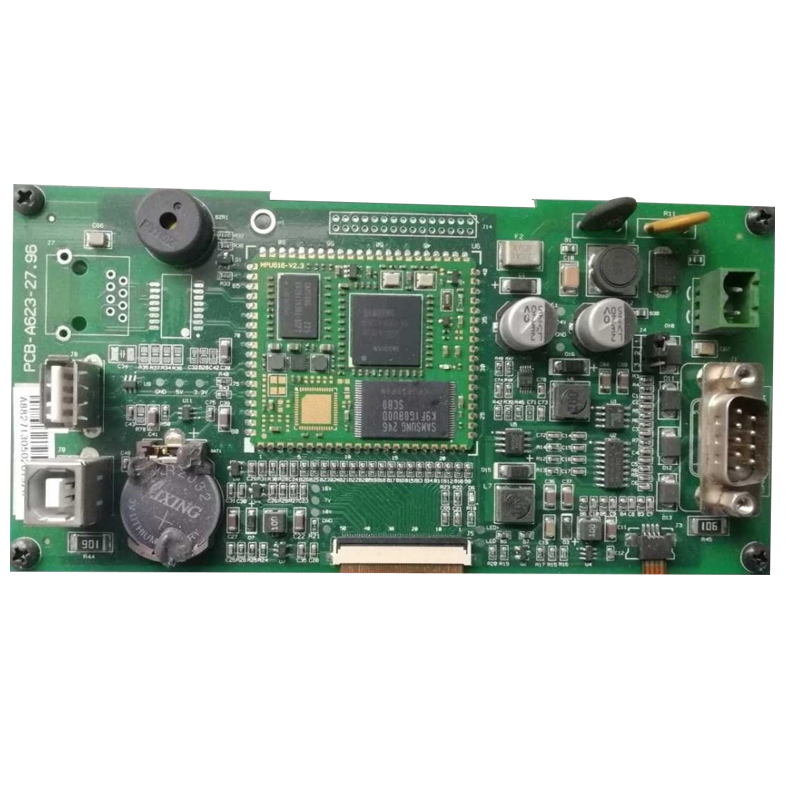Car Touch LCD Instrument Control Board
Details
One approach is to introduce touchscreens in automotive HMIs using a "familiar" approach, which can ease the burden of learning new interaction models while driving a car. Adopting the familiar smartphone user interaction design on the car's touchscreen can alleviate some of the cognitive burden and may positively contribute to the user's impression of an easy-to-use and navigate human-machine interface.
Research has shown that the use of haptics and touch can reduce the time users spend searching for the "correct" button on a display, because haptics is a natural human sense and learning how to differentiate by touch is relatively innate, as long as the cues are not complicated.

Haptic technology can be applied throughout the automotive HMI to provide a tactile, skeuomorphic approach to design to help users interact in the same way as before – using their sense of touch to locate and feel buttons on the center console , dial and rotary knob.
With the increased functionality and higher fidelity enabled by new actuator technologies on the market, haptic technology can create textures that show the difference between volume and adjustment buttons, or between temperature and fan dials.
Currently, Apple, Google, and Samsung offer a skeuomorphism-like approach consisting primarily of haptic alerts and confirmations to enhance touch gestures and interactions with components such as switches, sliders, and scrollable selectors, providing hundreds of Tens of thousands of users to provide a more pleasant and user-friendly experience users. This tactile feedback can also greatly benefit the car user, allowing the driver to feel the tactile feedback when making necessary touchscreen interactions and, in turn, reducing the amount of time the eyes take their eyes off the road.40% reduction in total glance time on touchscreens through visual and tactile feedback.60% reduction in overall glance time with purely haptic feedback.







